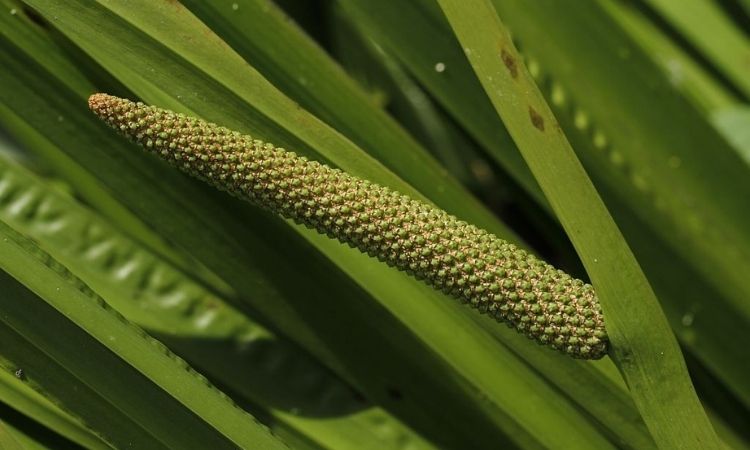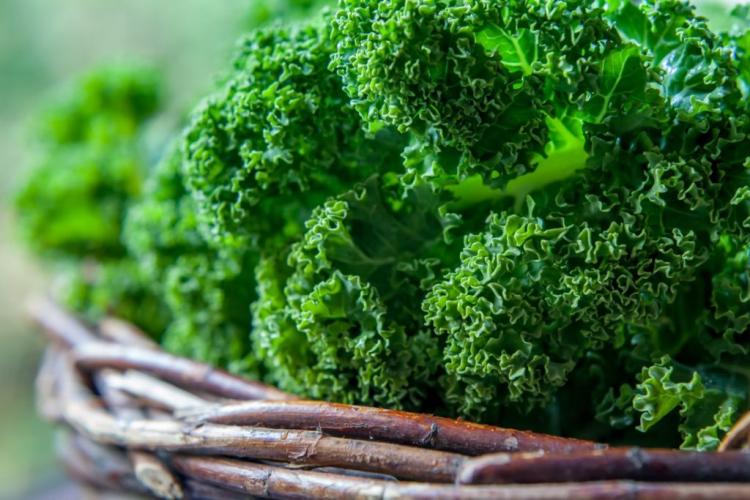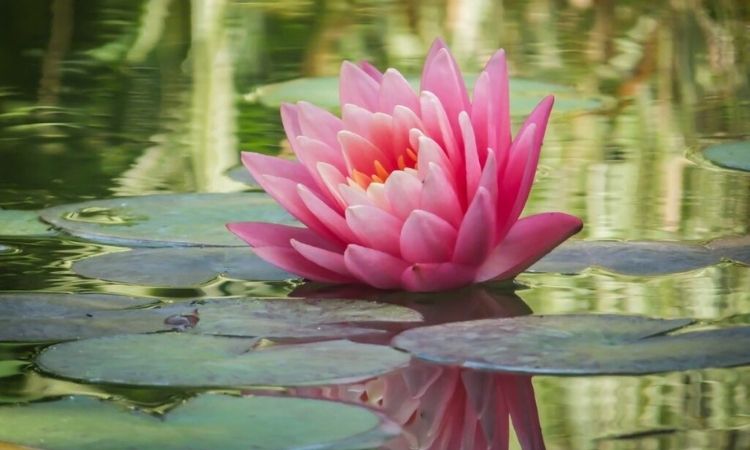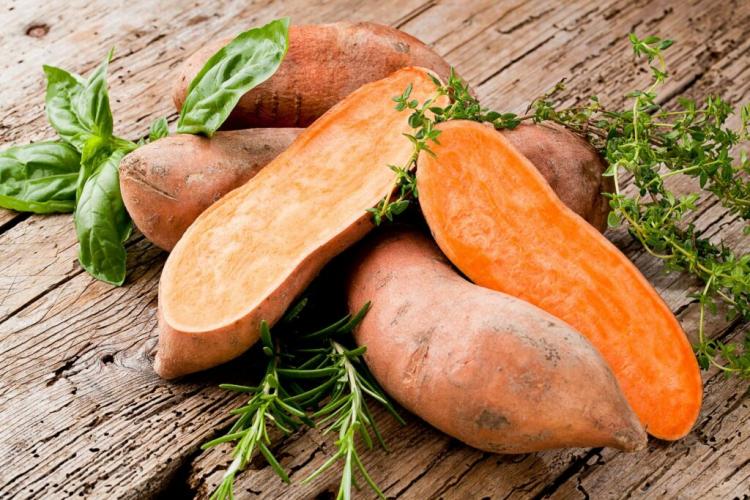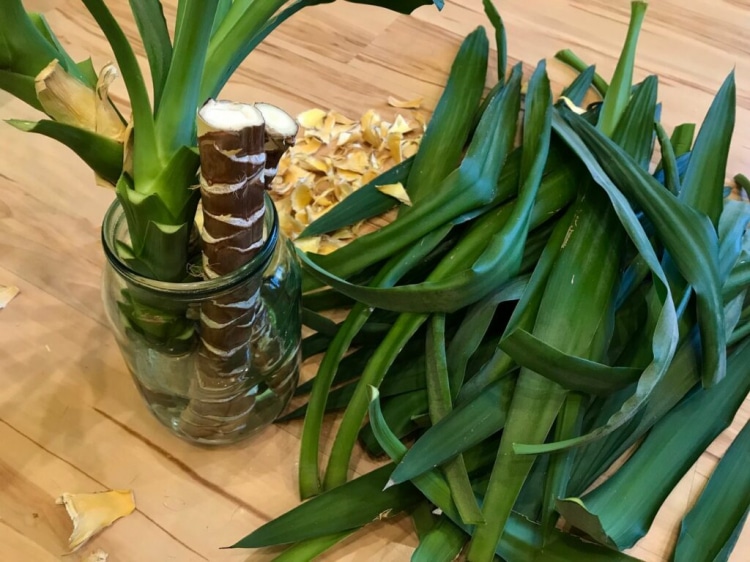Calamus(Sweet Flag)
The Calamus plant (Acorus or Sweet Flag) is part of the calamus family. According to information taken from various sources, this genus includes 2–6 species. In nature, this plant is found in Central Asia, the Caucasus, the European part of Russia, and Siberia. It prefers to grow along the banks of rivers and other bodies of water, and it needs silty soil.
The rhizome herb calamus is a perennial. Its long, deep green leafy plates of a xiphoid shape are gathered in a kind of fan. The branchy rhizome is creeping. During flowering, an ear that does not have a veil appears; it consists of small greenish-yellow flowers. The ripening of fruits in the calamus is extremely rare, so rhizomes are used for reproduction.
The root of this perennial has a pleasant smell, so it is used in perfumery. In addition, the Sweet Flag is distinguished by healing properties, so it has found wide application in medicine. For cultivation at home, this plant is used extremely rarely, but some species grow and develop in room culture within normal limits. Calamus is most often used to create compositions in terrariums.
Brief Description Of Cultivation
Table of Contents
- Blooming. Observed in June and July.
- Illumination. The light should be diffused, provide protection from direct sunlight.
- Temperature conditions. In winter – from 16 to 18 degrees, and during the growing season – from 18 to 22 degrees.
- Watering. Moisten the substrate regularly and abundantly.
- Air humidity. Increased. It is recommended to pour wet pebbles into the pallet, and you also need to systematically moisten the flower from the spray bottle.
- Fertilizer. Do not feed.
- Rest period. From mid-October to late February.
- Transplant. When the root system becomes cramped incapacity.
- Soil mixture. Peat, sand, river silt, or sod soil (1: 2: 2).
- Reproduction. By seed method and division of the rhizome.
- Pests. Spider mite.
- Diseases. Sweet Flag gets sick only with improper care, or rather, due to dry air or rare watering.
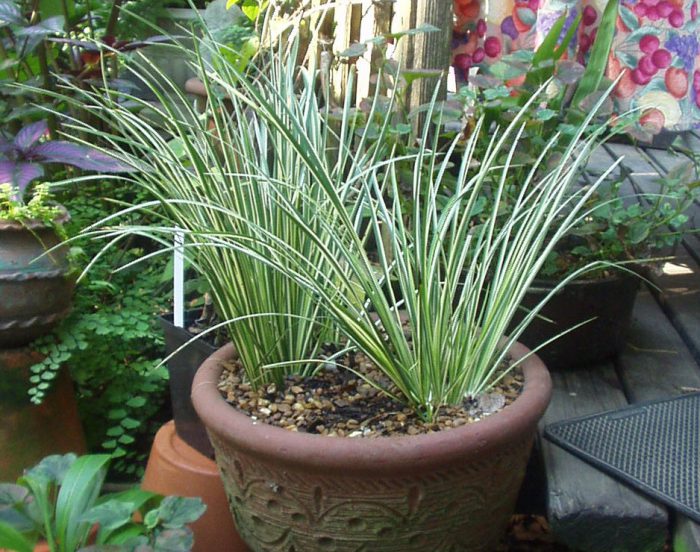
Calamus Care At Home
Illumination
Homemade calamus needs a lot of diffused sunlight. However, it must be protected from direct sunlight. A window sill of western or eastern orientation is perfect for him.
Temperature Regime
In the warm season, the optimum air temperature for a plant is 18-22 degrees. In winter, the bush is transferred to a cooler room (3-5 degrees lower). The plant is quite cold-resistant and is not harmed by a cold snap at night, as well as drafts.
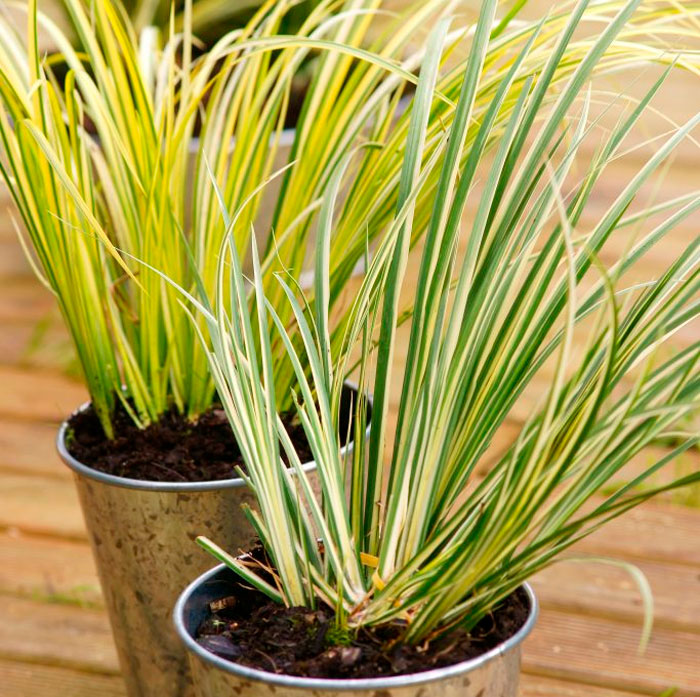
Watering
Under natural conditions, such a herbaceous plant is found near various water bodies, and therefore it is moisture-loving. The soil mixture in a pot with calamus should be moistened frequently and abundantly, in no case should it dry out. It can also be grown hydroponically.
Air Humidity
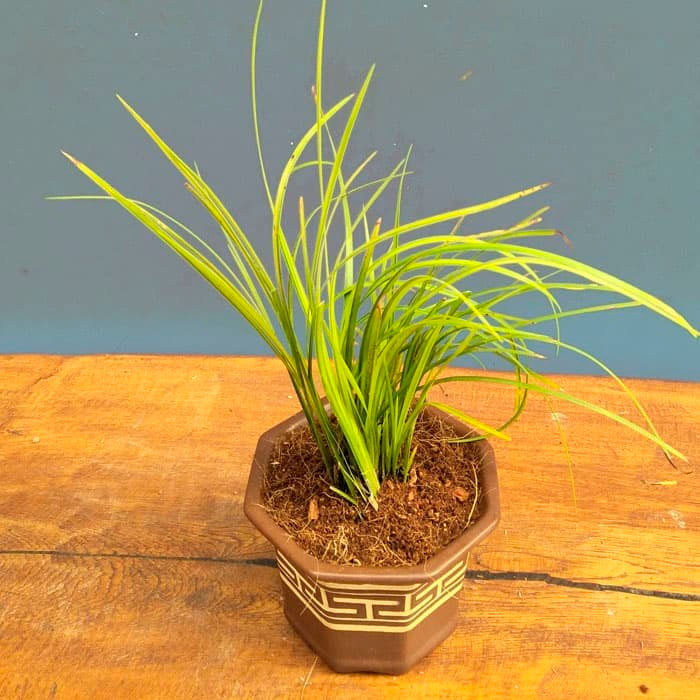
Such a perennial needs high air humidity at any time of the year. In this regard, it should be systematically moistened with a sprayer. It is also recommended to put a pot with a bush on a deep pallet filled with wet expanded clay or pebbles.
Seat Selection
Calamus is usually used in the creation of compositions in aquariums.
Fertilizer
Experts recommend eliminating any feeding. The fact is that this activates the growth of algae, which has an extremely negative effect on the development of the calamus.
Calamus Transplant
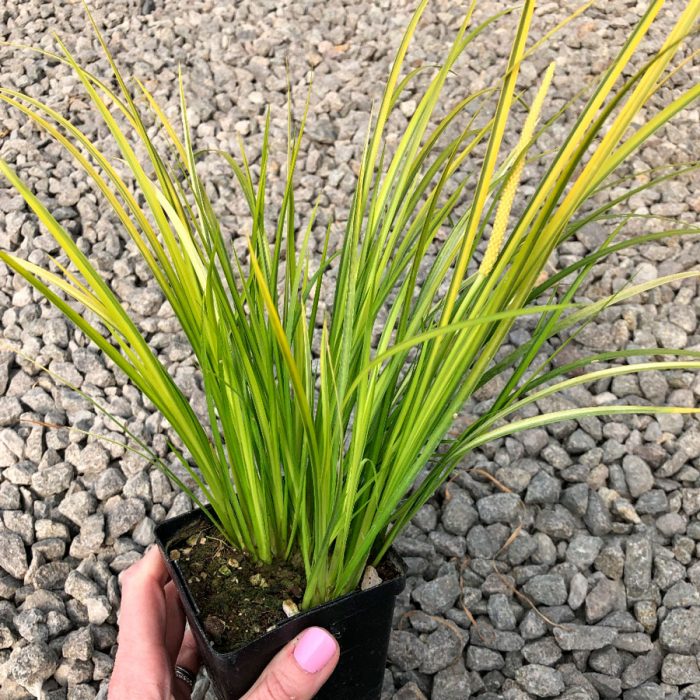
The transplant is carried out as needed. For planting, use a low and wide container. Combine turf, peat, and sand (2: 1: 2) to create a soil mixture. Sod soil can be replaced with river silt.
Calamus Propagation By Division

Calamus is quite fast-growing, so it can be easily propagated by dividing the bush. After the rhizome is divided, it should be covered with a soil mixture, the composition of which is indicated in the “Transplant” section.
Possible Problems
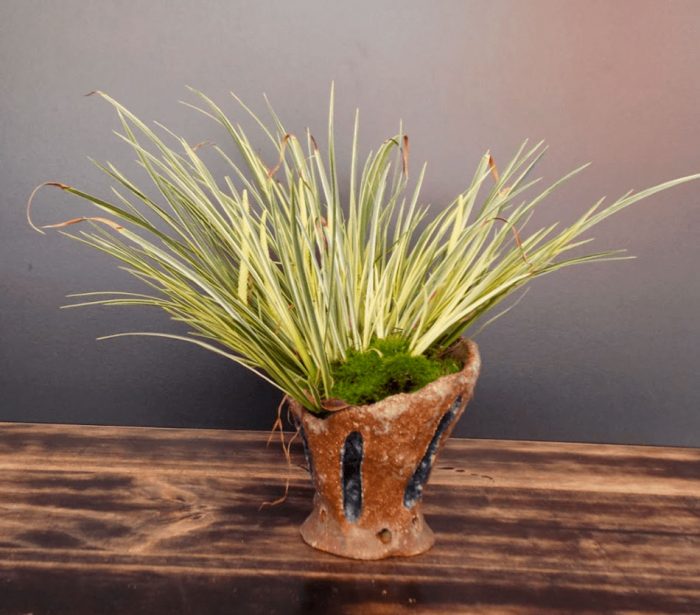
With indoor calamus, problems such as:
- Drying of the tips of the leaf plates. Excessively dry air in the room or occasional moisture in the substrate can cause the tips of the foliage to turn brown and dry out.
- Blackening and dying off of foliage. If the room is too warm, very low humidity or the bush is under the scorching rays of the sun, the tips of its leaf plates first turn black and then die off.
- Pests. They appear on the plant infrequently. Spider mites do the greatest harm to him.
Calamus types
Marsh calamus, or ordinary (Acorus calamus)
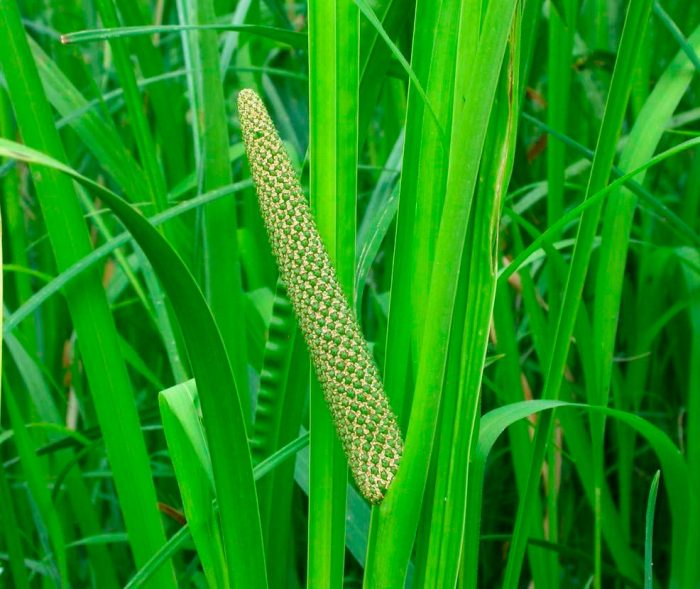
Under natural conditions, such a plant can be found in Eurasia and North America. The species is natural, it is not cultivated.
Calamus (Acorus gramineus)
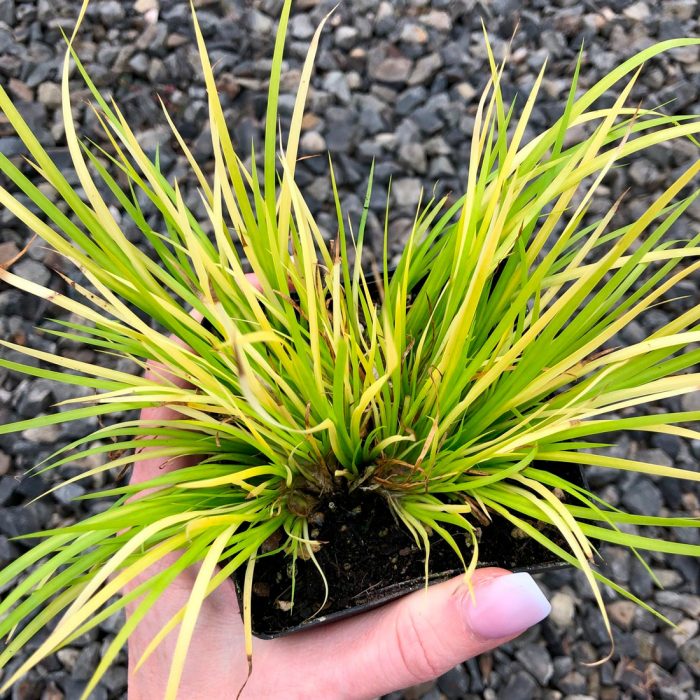
In nature, the species is found in East Asia. The maximum height of the bush is 15 centimeters. There are many varieties, for example:
- V Has variegated foliage, decorated with stripes.
- The leaf plates are decorated with yellow stripes.
- The main decoration of the variety is white stripes on the foliage.
- The shortest variety is no more than 10 centimeters.
